Bed Bug Bites
Understanding Bed Bug Bites: Identification and Treatment at Riva Dermatology
Bed bug bites are small, red, itchy bumps that appear on the skin after being bitten by bed bugs. These pests are typically found in bedding, mattresses, and furniture. Bed bug bites often occur in a line or cluster and can cause significant discomfort and allergic reactions in some individuals. Identifying and eliminating bed bugs is crucial to prevent further bites and complications.
Riva Dermatology provides effective treatments for bed bug bites, including topical and oral medications to alleviate itching and inflammation. Our dermatologists also offer guidance on how to identify and manage bed bug infestations to prevent future bites.
Effective Treatment for Bed Bug Bites in the Lake Norman Area
Don’t let bed bug bites disrupt your life. Contact Riva Dermatology today for expert care and relief. Serving Huntersville, Cornelius, Davidson, Mooresville, Denver, and surrounding communities.
Examples of Bed Bug Bites
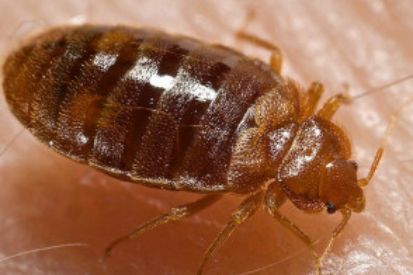
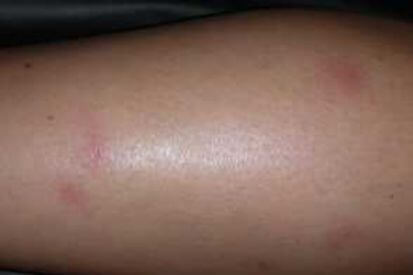
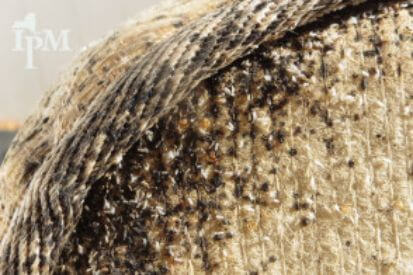
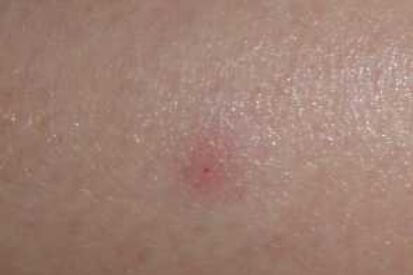
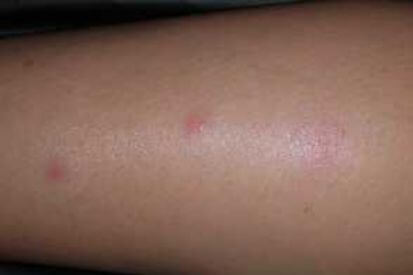
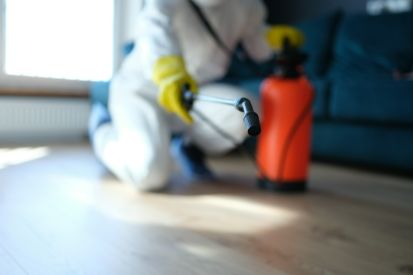
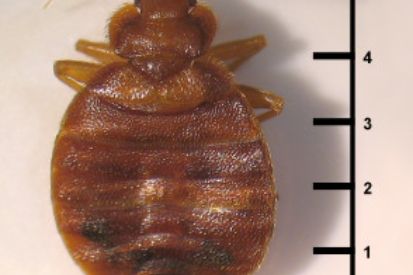
Bed Bug Bite Symptoms
Skin reactions from bed bug mites may vary from person to person, but there are common symptoms to watch for. Early recognition can help you seek timely care and prevent further irritation. At Pinnacle Dermatology, we specialize in identifying and treating these skin conditions with expert care. Common bed bug bite symptoms may include:
- Bites that often provoke allergic reactions and rashes
- Welts usually less than ¼” in size, appearing flat or slightly elevated
- Redness, swelling, and intense itching
- A skin reaction that is initially painless but intensifies over time
What Causes Bed Bug Bites?
Bed bug bites are the result of an infestation by small, nocturnal insects that feed on human blood. These bites may lead to uncomfortable symptoms, including a bed bug rash. Bed bug mites, while often confused with other pests, thrive in hidden areas around sleeping spaces. Understanding the root causes can help prevent future outbreaks and protect your skin.
These bites are caused by the feeding behavior of Cimex lectularius. These pests prefer warm environments like mattresses, bedding, and upholstered furniture. During the day, they hide in cracks, crevices, and seams, emerging at night to feed on sleeping individuals. It's important to note that infestations are not related to personal hygiene. Instead, bed bugs are attracted to body heat and carbon dioxide.
Preventing Bed Bug Rash
Preventing bed bug rash involves being proactive, especially in environments where these pests are known to thrive. Whether you're traveling, moving, or simply maintaining your home, a few smart habits can go a long way in keeping bed bug mites at bay. Effective ways to prevent bed bug rash include:
- Inspecting hotel mattresses, headboards, and furniture seams when traveling
- Keeping luggage off the bed and floor—use luggage racks when available
- Washing and drying bedding and clothing on high heat after returning from a trip
- Not bringing used furniture or mattresses into your home without a thorough inspection
- Using protective mattress and box spring encasements to eliminate hiding places
- Regularly vacuuming and decluttering sleeping areas to catch early signs of infestation
Bed Bug Bites FAQs
Bed bug bites often appear as small, red, itchy bumps in a line or cluster. They are typically found on exposed areas of the skin such as the face, neck, arms, and hands.
If you suspect bed bug bites, wash the affected area with soap and water, apply an anti-itch cream, and avoid scratching. Consult a dermatologist if symptoms persist or worsen.
While bed bug bites are generally not dangerous, they can cause allergic reactions, secondary infections from scratching, and significant discomfort.
Treatment includes topical corticosteroids to reduce itching and inflammation, oral antihistamines, and antibiotics if a secondary infection occurs.
Prevent bed bug infestations by inspecting and cleaning bedding regularly, sealing cracks and crevices, and using protective mattress covers. If an infestation occurs, professional pest control services are recommended.
Riva Dermatology provides expert care for bed bug bites, offering effective treatments and guidance to manage symptoms and prevent future infestations. Serving the Lake Norman area, including Huntersville, Cornelius, Davidson, Mooresville, and Denver.
Treatment Options for Bed Bug Bites
At Pinnacle Dermatology, we offer effective solutions to manage the discomfort and inflammation caused by bed bug mites. Common bed bug rash treatments include topical creams or lotions, often with hydrocortisone, which help reduce itching and redness associated with bed bug rash. These anti-inflammatory options provide relief while supporting the skin’s natural healing process.
It's also important to avoid scratching the affected area, as this may worsen symptoms and lead to potential infection. In cases where bites become infected, indicated by swelling, warmth, or pus, oral or topical antibiotics may be prescribed. Our dermatology experts can evaluate the severity of your reaction and provide a personalized treatment plan to ensure fast, effective recovery.
Featured Products
Check your local office for current stock!
Check your local office for current stock!


